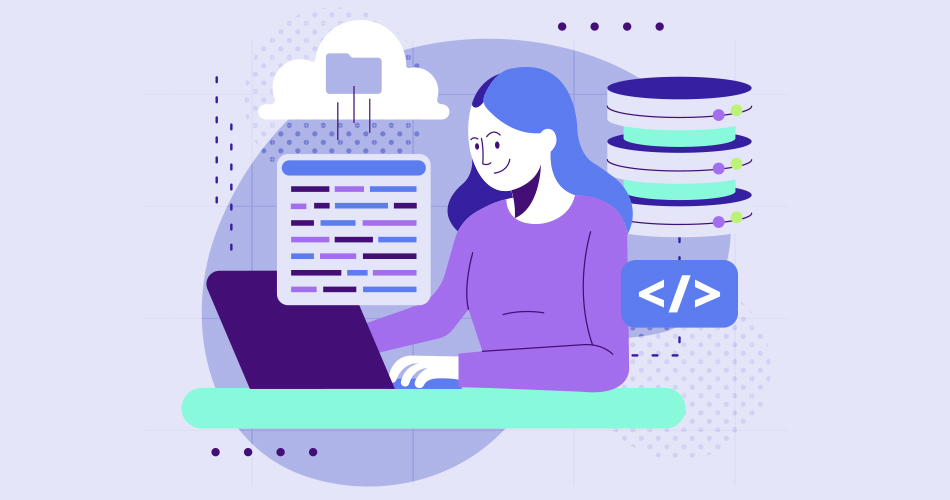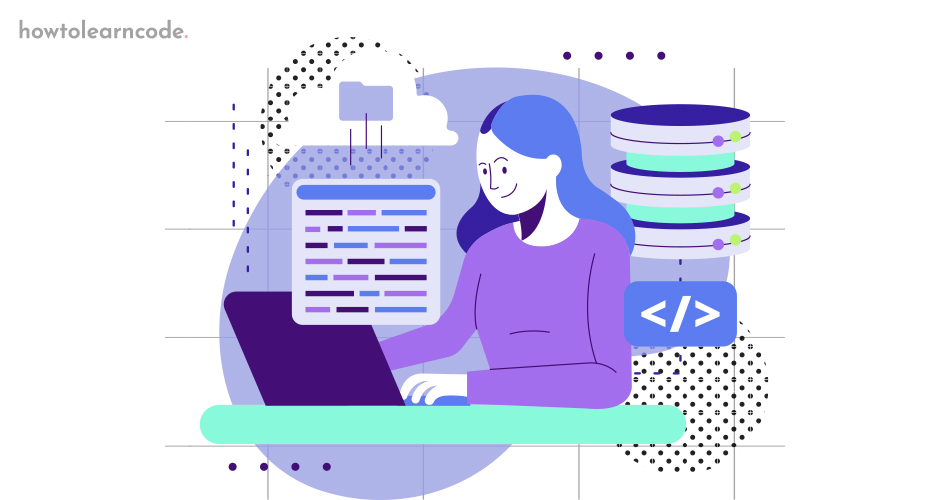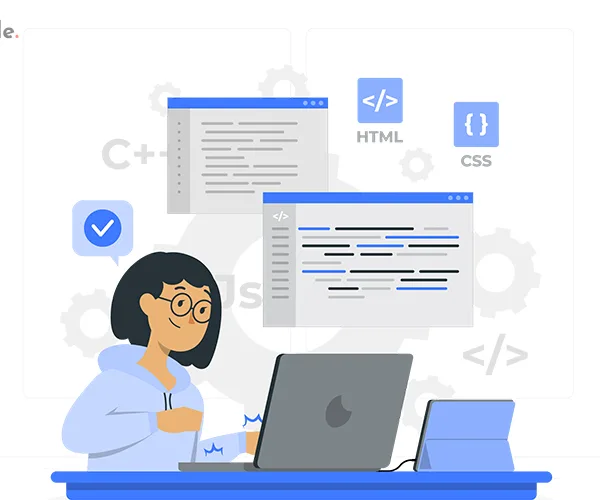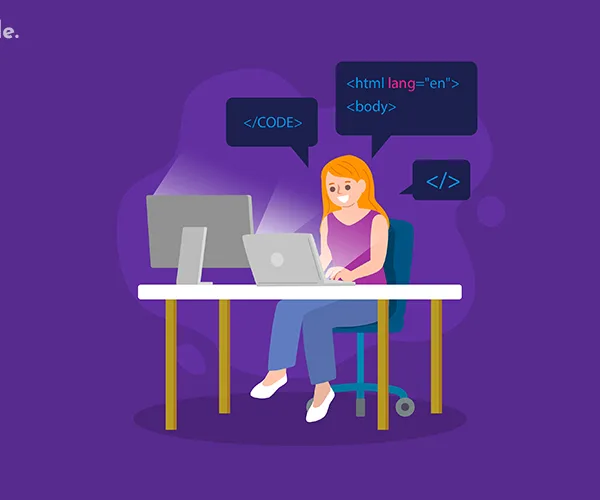In the vast landscape of programming languages, Java stands as one of the most influential and widely used languages. One of the defining characteristics of Java is its adaptability, evident through the evolution of its different editions. From the foundational Standard Edition (SE) to the enterprise-focused Enterprise Edition (EE) and beyond, Java editions have played a pivotal role in shaping the way developers build applications. In this article, we’ll take a comprehensive journey through the various Java editions, exploring their features, use cases, and significance in modern software development.

Table of Contents
Java Standard Edition (SE)
The Java Standard Edition, often referred to as Java SE, forms the bedrock of the Java platform. It provides the essential libraries, APIs, and tools that developers need to create applications for desktops, servers, and more. With a focus on portability and compatibility, Java SE enables developers to write code that can run on different operating systems without major modifications.
Java SE serves as an excellent starting point for beginners and individual developers looking to build standalone applications. Its wide range of features includes the Java Virtual Machine (JVM), which allows Java code to be executed on various platforms, and core libraries that facilitate tasks such as input/output operations, networking, and data manipulation.
Java Enterprise Edition (EE)
As applications grew more complex and the demand for scalable solutions increased, Java introduced the Enterprise Edition, or Java EE. This edition was tailored to address the challenges of building large-scale, distributed, and robust enterprise applications. Java EE offers a comprehensive set of APIs and services, including components for web services, messaging, and data persistence.
Java EE’s main strength lies in its ability to provide a standardized platform for building applications that require features like security, transaction management, and resource pooling. It incorporates technologies like Servlets, JavaServer Pages (JSP), and Enterprise JavaBeans (EJB) to streamline the development of enterprise-grade applications.
Java Micro Edition (ME)
While SE and EE cater to a broad spectrum of applications, Java Micro Edition (ME) is designed for resource-constrained environments, such as embedded systems and mobile devices. ME allows developers to create applications that consume minimal resources while retaining Java’s flexibility and portability.
ME has found its niche in areas like Internet of Things (IoT) devices, where memory and processing power are limited. It includes configurations and profiles that define subsets of the Java platform, allowing developers to tailor their applications to specific devices and use cases.
JavaFX
JavaFX is another significant addition to the Java ecosystem, providing a platform for building rich, interactive graphical user interfaces (GUIs). Initially introduced as a replacement for Swing, JavaFX has evolved into a versatile framework that supports 2D and 3D graphics, animations, multimedia, and more.
JavaFX enables developers to create visually appealing and responsive applications, making it an ideal choice for projects that require a modern and engaging user experience. Its integration with Java SE makes it a powerful tool for building cross-platform desktop applications.
FAQs about Java editions
Q1. What is the main difference between Java Standard Edition (SE) and Java Enterprise Edition (EE)?
Java SE is focused on providing essential libraries and tools for building standalone applications, while Java EE is tailored for developing large-scale, distributed, and enterprise-level applications. Java EE offers additional features like security, transaction management, and web services components that are crucial for enterprise applications.
Q2. Is Java Micro Edition (ME) relevant in today’s software development landscape?
Yes, Java ME still has its relevance, particularly in resource-constrained environments like embedded systems and IoT devices. It allows developers to create applications with minimal resource consumption, making it suitable for devices with limited memory and processing power.
Q3. How does JavaFX differ from other Java editions like SE and EE?
JavaFX is not a separate edition but a framework for building graphical user interfaces (GUIs) within the Java platform. While SE and EE provide the foundational libraries and components, JavaFX focuses on delivering rich, interactive GUI experiences with support for graphics, animations, and multimedia.
Q4. Can I use Java Enterprise Edition components in a Java Micro Edition application?
While there might be some overlap in functionality, Java EE components are primarily designed for enterprise-level applications and may not be directly compatible with Java ME due to the significant differences in the target environments and resource constraints.
Q5. How do I decide which Java edition to choose for my project?
The choice of Java edition depends on the specific requirements of your project. If you’re building a standalone desktop application, Java SE might be the right choice. For enterprise-level applications with complex requirements, Java EE could be more suitable. If you’re targeting resource-constrained devices, Java ME might be the way to go. Assess your project’s needs and choose the edition that aligns with your goals.
Conclusion
In conclusion, the world of Java editions is a testament to the language’s adaptability and longevity. From the foundational Java SE to the enterprise-focused Java EE, and the resource-conscious Java ME, each edition serves a specific purpose in the diverse realm of software development. Additionally, JavaFX adds a creative dimension by empowering developers to craft captivating user interfaces.
Understanding the different Java editions is crucial for making informed decisions when embarking on software development projects. By selecting the right edition based on the project’s requirements, developers can harness the full potential of Java and create applications that excel in functionality, scalability, and user experience. Whether you’re building a standalone application, an enterprise solution, or a mobile app, Java’s various editions have got you covered, ensuring your code remains relevant and efficient in today’s dynamic tech landscape.



